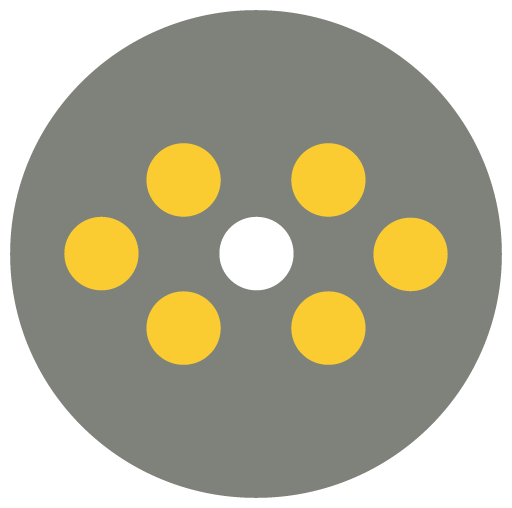
The universal rules on how to write a CV have changed significantly throughout the years. Not too long ago, it was perfectly acceptable for any CVs to be two-pages or more. But thanks to the increasing use of technology, our average attention span is reduced to just 12 seconds per task or an average of six when it comes to reading CVs.
In the last few years, the shorter attention-span has meant that the guiding principles to creating CVs have changed to a two-page rule. And as unrealistic as that may sound, you'd be happy to know that creating a two-page CV is not impossible although it does require adopting a 'less is more' approach and a commitment to decluttering. Just think of it as a challenge to concise and condense while keeping it as crisp as possible.
If you're wondering how you can effectively summarise yourself to create a better CV for your next job, then read on below as we've compiled the five quickest and most effective ways that will help you make improvements. Here's how you can get started:
1. Tailor your CV according to career goals
The key to any successful CV writing is relevancy. As for minimalising and cleaning up your CV, the same goes too. To effectively do so while ensuring no crucial details gets disregarded, consider creating a master CV that contains a comprehensive history of your entire career that's separate to your current one. By doing so, you'll be allowing yourself to expand on all of your job experience in detail which then serves as a bank of information that you can choose from at a later stage.
Once your master CV is complete, it's always good practice to start reviewing the job description or company profile that you are applying for to get a refresher and a better understanding of the type of skills, attributes and experience needed. Where the requirements and expertise match, make sure that's included first and foremost. As you begin to filter and eliminate unrelated information, you'll be keeping the content of your working CV brief but to the point.
2. Combine similar sections as one
Creating dedicated sections throughout your CV is a great strategy to create focal points for your readers but, having multiple individual segments mean a more cluttered appearance. The simple solution to avoid this is to combine, condense and conquer.
Take the skills, software and tools sections for instance. All the information in those three sections can be grouped under one new heading as they are all relatively similar, falling under specialism or expertise. Combining them all in one not only saves valuable space on the page but it may also help you score higher when your CV passes through the Applicant Tracking System (ATS) or more commonly known as 'Resume Robots'.
What's more, studies have shown that having one singular header will enhance the user's experience as it allows readers to locate information smoothly. In more ways than one, the seamlessness from combining sections means that it will help you deliver crucial details to a reader faster than before – a definite benefit as each CV only receive six seconds of attention!
3. Don't be afraid to use bullet points
While bullet points were strictly reserved for PowerPoint presentations in the past, today's writing principles and experts say otherwise.
According to the Oxford Dictionary, bullet points are "used to draw attention to important information within a document so that a reader can identify the key issues and facts quickly." By employing the use of it in your CV in your job hunt, you'll be conveying confidence through your words while also making an impactful deliver.
Some formatting and styling advice to keep in mind when it comes to bullet points are as follow:
- treat bullet points like a mini-header and create attention-grabbing headlines
- keep the sentences short using no more than two lines per bullet
- include only essential details that add value to the job you are applying for
- and lastly, make sure that they are aligned
4. Maximise spacing throughout your CV
If you didn't know already, the default margins used in Microsoft Word measures one-inch all around, taking up valuable space in the limited 8.5x11" page. To make room for more, we would recommend that you minimise the margins from a one-inch border to half an inch. This will effectively create more writing space while still allowing enough whitespace to balance the text.
Another way to create more space for your CV is to adjust the line spacing between sentences and paragraphs. Consider changing the default settings to one that's closer and tighter to maximise space efficiency. You may also consider reducing the font to 10pt overall in addition to the other adjustments. And if you do so, just remember to apply 12 or 14pt for important information like name and contact details to help it stand out.
5. Reduce the length of sentences by improving your writing
One of the most common mistakes made in CVs is the overuse of adjectives. All too often, many of us would go on to describe the past and current experiences to unnecessary degrees. To avoid taking up valuable space and risk sounding overly long-winded, apply best copywriting practices throughout your CV.
Employ simple but highly effective copywriting tips like using crisp but persuasive words like achieve or execute to demonstrate your value as an employee and practice imposing a character count for each bullet point.
Challenge yourself to write using Twitter's old character limit of no more than 140 characters per detail – you'll be surprised at how creative you will get when restrictions are applied. These two basic copywriting rules will help you improve your CV writing skills in little to no time.
Remember, it's about making each word count. Keep all your sections brief but to the point and, you may be on your way to landing your next dream job.
Here are 8 Most Common Design Mistakes in CVs that you should avoid.





